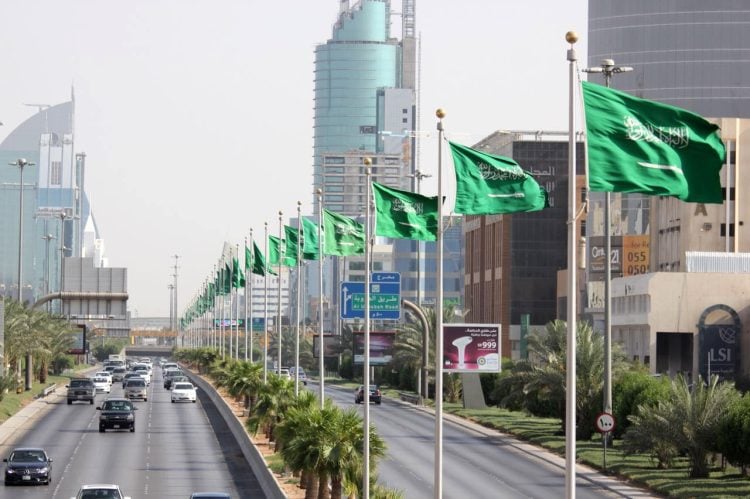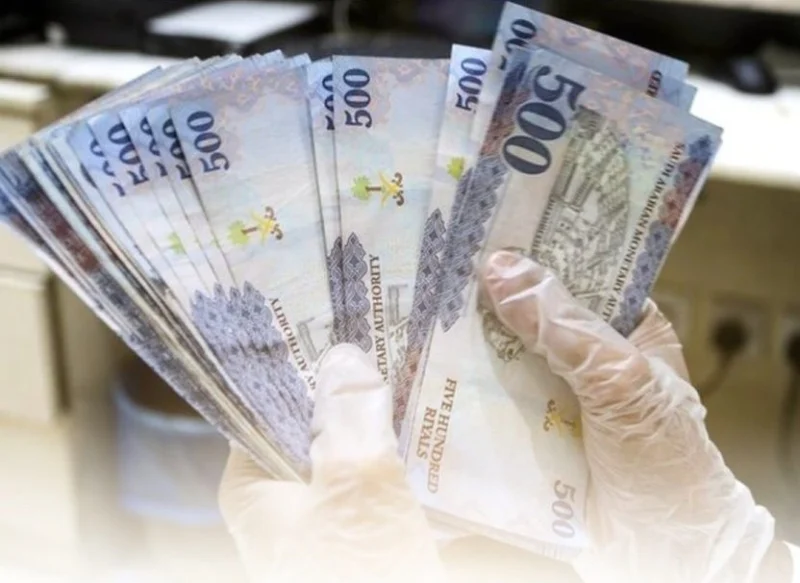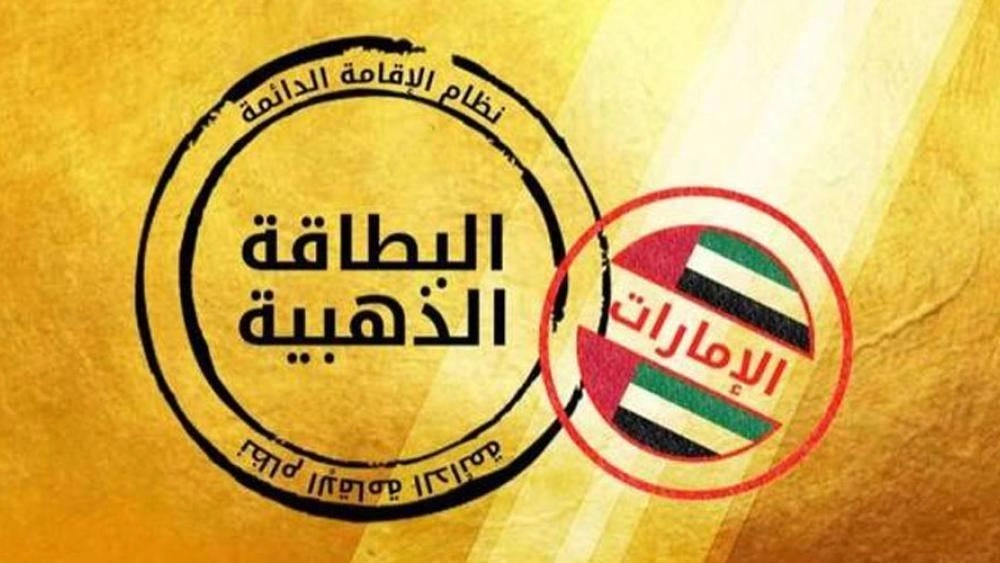Publisher: Maaal International Media Company
License: 465734
Saudi Economy Receives Acclaim as Non-Oil Sector Flourishes
Global recognition for the robustness of the Saudi economy is mounting, propelled by a burgeoning non-oil sector, expansive fiscal policies, and ambitious developmental ventures.
The performance of the Saudi economy has not gone unnoticed by international financial institutions and credit rating agencies. The International Monetary Fund (IMF) and the World Bank have both commended the Saudi economy, and the latest affirmation comes from Moody’s. This renowned agency has maintained its credit rating for the Saudi economy at “A1” with a “positive” outlook, further bolstering the global recognition of the Kingdom’s economic strength.
This endorsement underscores the success of the Kingdom’s Vision 2030 initiatives and policies, steering the Saudi economy towards sustained growth amidst considerable economic dynamism and transformative projects.
اقرأ المزيد
Moody’s, in its recent assessment, has highlighted the significant strides made by the Saudi government. Since the inception of Vision 2030 in 2016, the government has implemented comprehensive reforms that have had a profound impact on the economy. Moody’s specifically emphasized the efficacy of overarching economic strategies, particularly supportive fiscal policies, in fostering economic diversification and driving the non-oil sector’s growth.
Moody’s endorsement echoes a chorus of praises from international bodies spearheaded by the IMF. The IMF raised its growth projections for the Saudi economy in 2025 to 6%, up from the previous estimate of 5.5%, underscoring the efficacy of Vision 2030 in fostering robust growth. The buoyancy of the non-oil sector, bolstered by expansionary fiscal measures, has propelled Saudi Arabia to the second-highest growth rate among G20 nations, trailing only India.
Preceding Moody’s appraisal, the World Bank revised its growth forecast for the Saudi economy in 2025 to 5.9%, a substantial increase from the earlier projection of 4.2%. The World Bank lauded the Saudi economy’s qualitative expansion, foreseeing continued robust growth in the non-oil private sector at 4.8%, propelled by expansionary public finance policies.
In its latest report, Fitch Ratings affirmed Saudi Arabia’s rating at A+ with a stable outlook, commending the resilience of the Saudi budget, the favorable debt-to-GDP ratio, and ample sovereign foreign assets. This surpasses average ratings of A and AA. With one of the highest reserves coverage ratios among countries analysed by the agency, Saudi Arabia’s reserves can cover approximately 16.5 months of current external payments.
The consensus among Moody’s, Fitch, the IMF, and the World Bank underscores the efficacy of macroeconomic policies and the pivotal role of the non-oil sector, buoyed by transformative projects spearheaded by the Public Investment Fund, including Qiddiya, NEOM, the Red Sea, and Amala. Supported by expansionary fiscal policies and robust financial reserves, these endeavours are poised further to fuel the growth of the real non-oil GDP.
The resounding acclaim for the Saudi economy is not without merit. Over the past eight years, since the launch of Vision 2030, the Saudi government has achieved several significant milestones. These include remarkable progress in women’s employment and tourism and the imminent attainment of unemployment targets by 2030. These achievements, born out of years of diligent labour, are rewriting the contemporary history of the Kingdom and heralding a future where Saudi Arabia assumes a leading position in global economic advancement.









